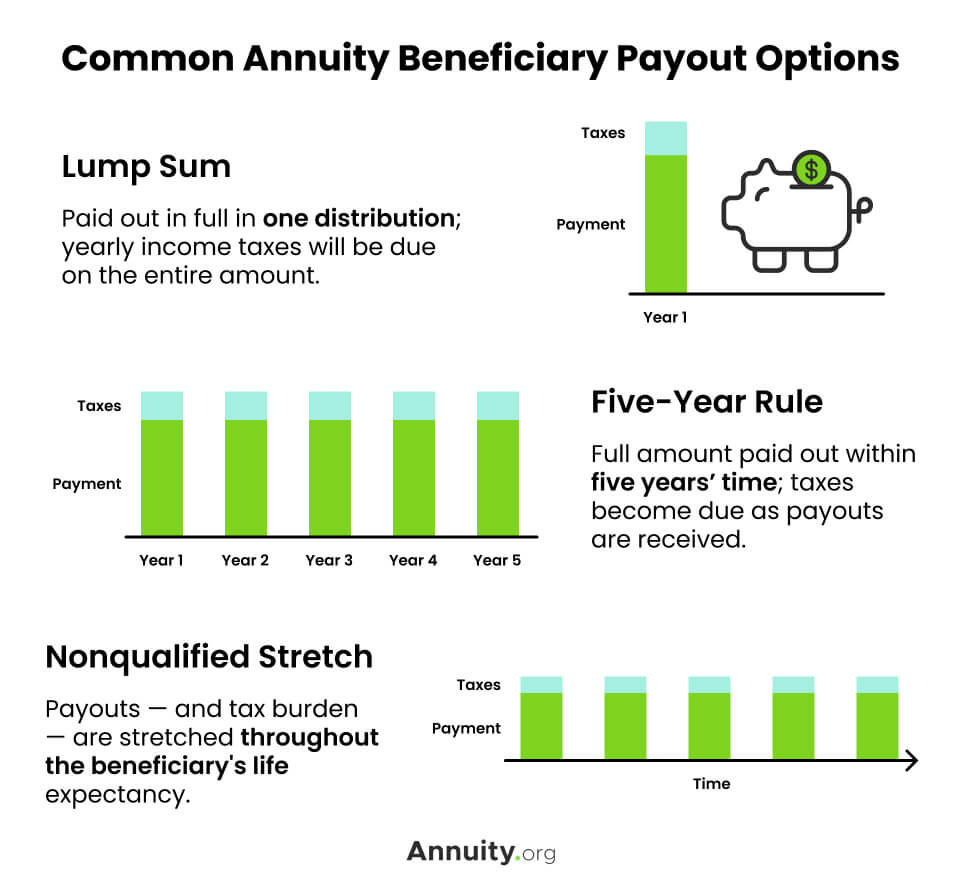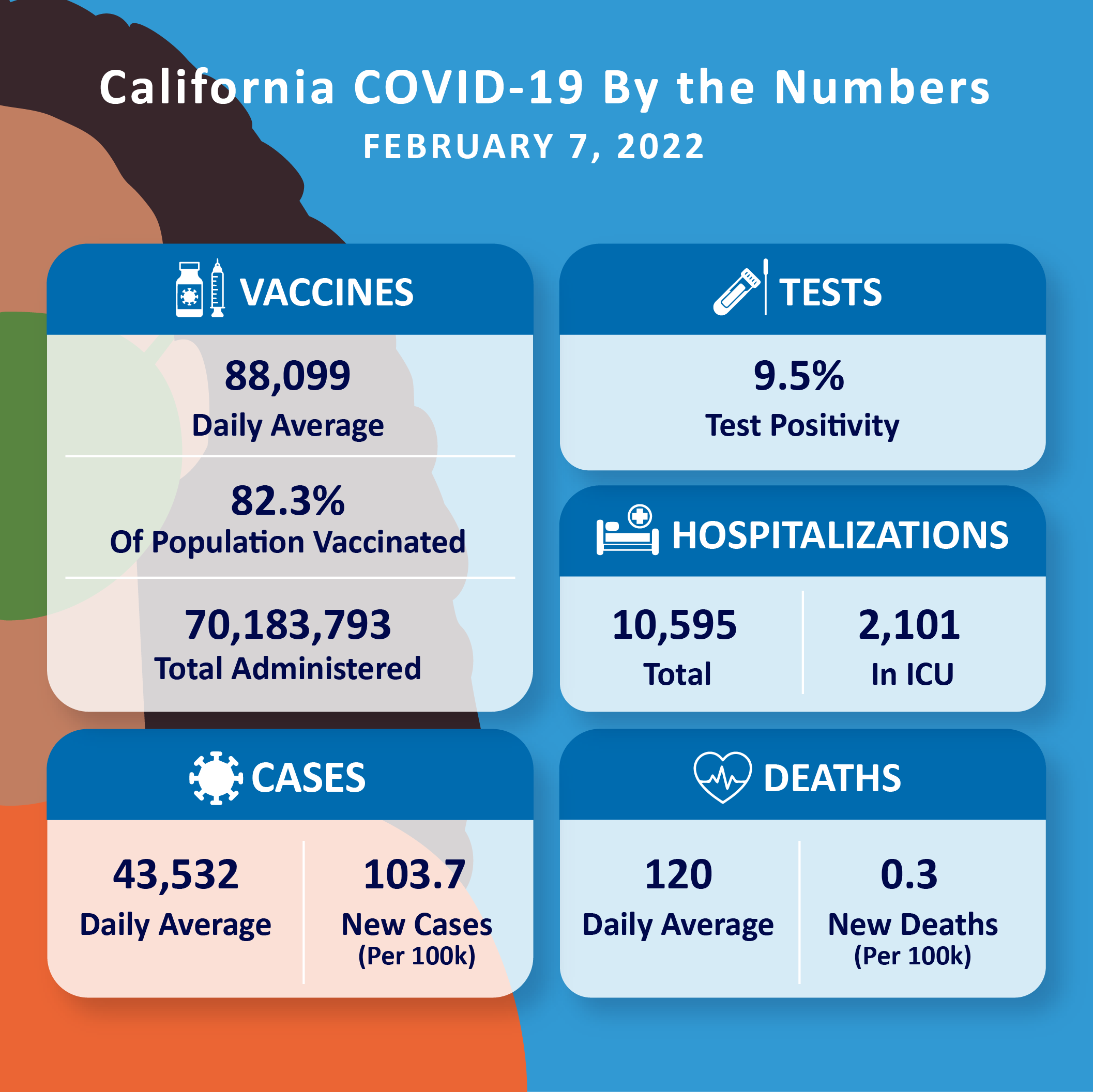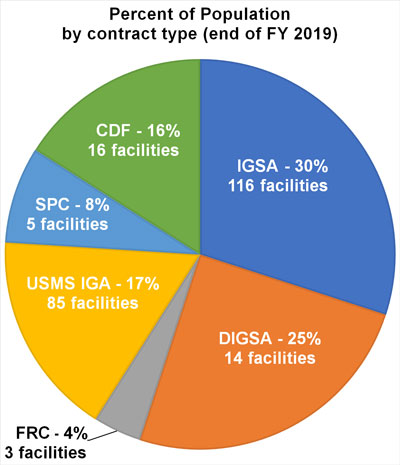california end of life option act requirements
The California legislature approves and Governor Brown signs AB282 which amends the California penal code to prohibit a person whose actions are compliant with the End of Life Option Act from being prosecuted for deliberately aiding advising or. The Act allows terminally ill adults living in California to obtain and self-administer aid-dying -in drugs.

23 Act Colleges Best Schools That Accept A 23 Act Score Cappex
1 The Act requires the California Department of Public Health CDPH to provide annual reports under strict privacy requirements.

. Participating in this end-of-life option is voluntary for both patients and physicians. Who can use this option. The California End of Life Option Act allows an attending physician to give an aid-in-dying drug to certain qualifying patients.
The Act gives a mentally competent adult California resident who has been diagnosed with a. The act includes definitions and procedures which must be fulfilled a statement of request for aid-in-dying drugs which must be signed and witnessed and a final attestation of intent signed 48 hours before self-administering the drug. The Original California Law.
This part shall be known and may be cited as the End of Life Option Act. Eligibility Requirements to Access the Law will remain the same after Jan. To receive the aid-in-dying drug a person must.
To receive the aid-in-dying drug a person must. Must be able to self-ingest the medication either. Certain health care providers including licensed hospitals and skilled nursing facilities may prohibit.
Must be 18 years or older. The attending physician will receive and record the opinion of the consulting physician. Ad We know how difficult this time is for your family and we want to help with our services.
The End of Life Options Act requires that a second-opinion physician confirms or denies that the patients diagnosis and 6-month prognosis are correct. At least 18 years old. Californias End of Life Option Act EOLA became effective on June 9 2016.
On June 9 2016 Californias End of Life Option Act the Act will go into effect. In October 2021 Governor Newsom signed SB 380 which makes significant changes to Californias End of Life Option Act including reducing the required waiting period between a patients oral requests from 15 days to 48 hours. You must be able to make and communicate health care decisions.
To request a prescription for life-ending medication in California a patient must be. Starting January 1 2022 the required waiting period between the first and second oral request is 48 hours and. The goal of this training program is to educate law enforcement on Californias new End of Life Option Act laws authorizing medical aid-in-dying.
Mentally capable of making and communicating health care decisions and. End of Life Option Act added to Division 1 of the California Health and Safety Code. The Act authorizes an adult who is suffering from a terminal disease and meets other qualifications to.
Be 18 years or older and a resident of California Have a terminal disease that cannot be cured or reversed and that is expected to result in death within six months. Must be of sound mind and exhibit appropriate decision-making capabilities to the attending physician. The new laws authorize a patient who has been diagnosed as terminally ill with less than six months of life expectancy to obtain and ingest medications to end their life.
Unlike Oregons law which is permanent Californias law will sunset on January 1 2026 if not renewed. Part 2 End of Life Option Act Services Page updated. The Act authorizes an adult who is suffering from a.
Assembly Bill AB 15 Eggman Chapter 1 establishes the California End of Life Option Act Act commencing at Health and Safety Code section 443 which becomes effective June 9 2016 and will remain in effect until January 1 2026. Documentation Requirements. This law includes detailed requirements for patients to qualify to obtain lethal drugs.
As used in this part the following definitions shall apply. Diagnosed with a terminal disease that will result in death within six months. A Adult means an individual 18 years of.
It represents a major step forward in the nationwide effort to change state laws. It also includes detailed procedures that must be followed by health care professionals who provide authorized services. When the End of Life Option Act EOLOA was signed by California Governor Jerry Brown on October 5 2015 and went into effect on June 9 2016 it laid a solid foundation for all Californians to be supported in their end of life wishes.
On June 9 2016 Californias End of Life Option Act the Act will go into effect. California end of life option act requirements Saturday April 16 2022 Under the Act the patient is required to submit two oral requests for the aid-in-dying drug a minimum of 15. August 2020 Recipient Eligibility Medi-Cal recipients must at minimum meet all of the following criteria.
The End of Life Option Act ELOA provides the legal framework for physician aid in dying in California. The changes went into effect on January 1 2022. States With Legal Physician Assisted Suicide Euthanasia Procon Org Read the full bill language here.
WHO QUALIFIES UNDER THE LAW. This policy outlines when this can be done how the action should be documented and who can administer the action based on the parameters described in the End of Life Option Act. Under the Act the patient is required to submit two oral requests for the aid-in-dying.
The consulting physician must review the patients medical records and speak with and examine the patient. You must be 18 years of age or older. The requirements of the law are.
Be 18 years of age or older Have the capacity to make medical decisions Possess a valid Medi-Cal Benefits Identification Card BIC or valid Medi-Cal managed. End of Life Option Act News. Read more about SB 380 in our May 17 and September 17 Blog posts.

California End Of Life Option Act Wikipedia End Of Life California Acting

Physician Assisted Suicide Fast Facts Cnn
States Where Medical Aid In Dying Is Authorized

Annuity Beneficiaries Inheriting An Annuity After Death

Euthanasia And Assisted Suicide What Are They And What Do They Mean

With Covid 19 Conditions Improving State Public Health Leaders Modify Omicron Surge Policies

The Evolution Of Life Cycle Assessment In European Policies Over Three Decades Springerlink

For Terminal Patients The Barrier To Aid In Dying Can Be A State Line The New York Times

Sb 9 The California Home Act Focus

Palliative Care The National Academy For State Health Policy

Policy Brief Cut The Contracts It S Time To End Ice S Corrupt Detention Management System National Immigrant Justice Center






